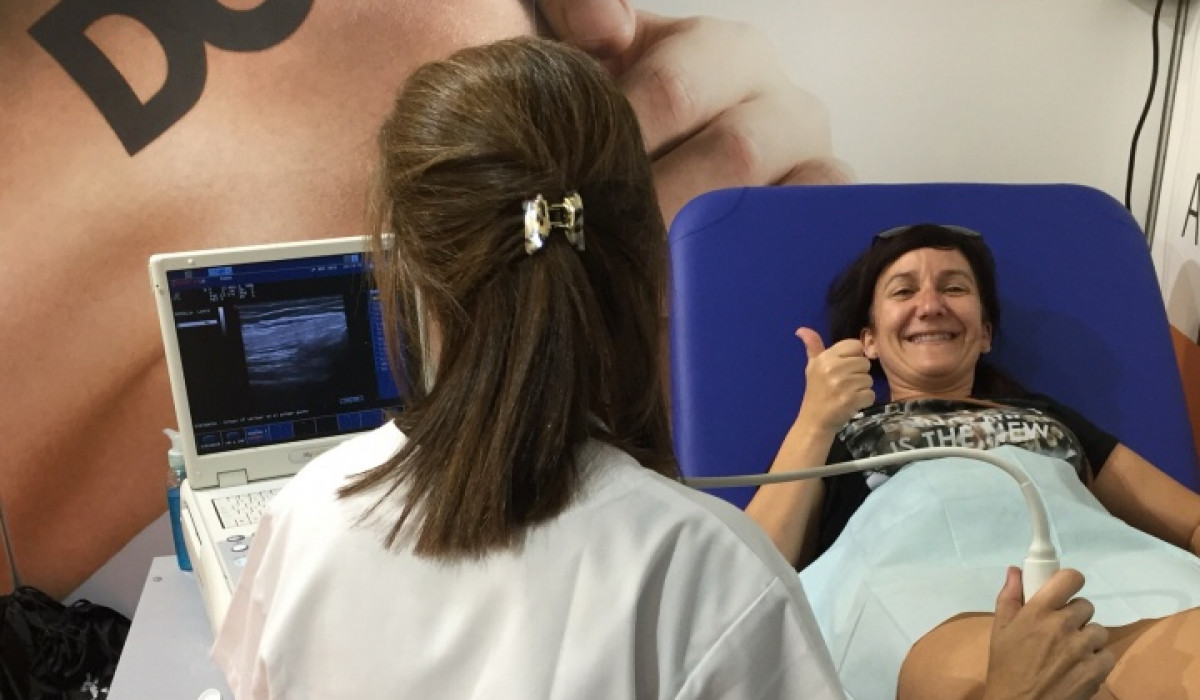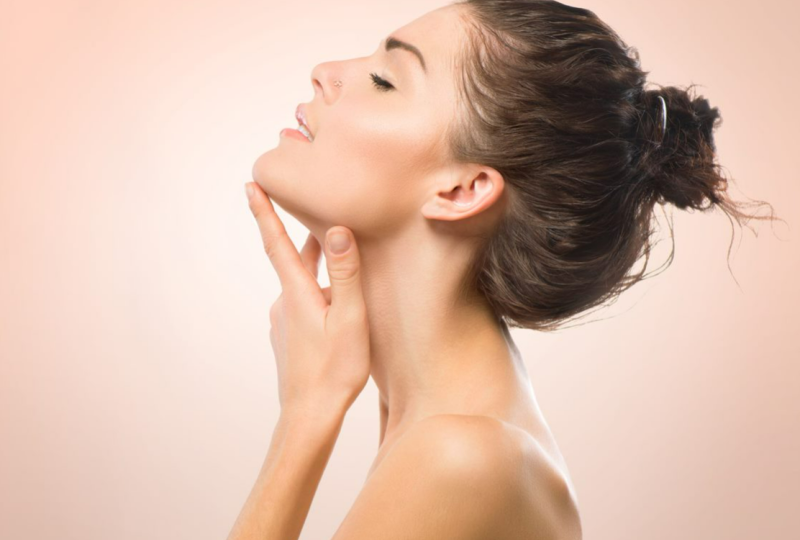Barcelona Marathon participants can measure their joint age and deterioration at the Expo Sports Fair
- Bioibérica has developed an algorithm to calculate joint age, considering the risk factors that lead to wear and tear
- Participants answer a questionnaire and can choose to complete it with an on-site scan by a specialised sports-medicine physician
- It is calculated that, on average, marathon runners’ joints are 5 years older than their biological age
- Additionally, epidemiological data suggest that regularly running more than 32km per week doubles your risk of suffering arthritis before the age of 50

From this morning and through to Saturday, all participants in the “Zúrich Marató de Barcelona” marathon who visit the Expo Sports Fair can calculate the age of their joints and assess the state of their knees at the Bioibérica stand (D004). Athletes just have to answer a questionnaire and can choose to complete it with an on-site scan by a specialised sports-medicine physician.
The R&D team of this biotech firm from Barcelona which specialises in joint health has performed an extensive bibliographic review to detect the risk factors that lead to joint wear and tear. The team then determined the weight each factor plays and developed an algorithm to calculate the state of health of a sportsperson's knees.
“Age, weight, sex, cracks and deformities in the knees, pain when running, distance run per week and degree of flexibility are just some of the factors we analysed. Joint age equal to or less than your real age means you are practising your sport under suitable and controlled conditions. But if your joints are older than your biological age, you should visit a specialist and work hard to correct the factors that you depend on as an athlete,” said Bioibérica sports nutrition specialist Pere Munar.
The Bioibérica studies performed to date have found that:
- 90% of marathon entrants run more than 40 kilometres per week.
- Their joint age is on average 5 years older than their biological age.
- They have been practising their sport for more than nine years.
- They present adequate although not good flexibility.
“It is important to explain and continue to educate people about the fact that running has a very positive impact on their health. However, it is also true that specialists are increasingly emphasising the risks involved with high-intensity sport. If the sportsperson is aware of his or her real joint age and level of deterioration, they can take a series of steps that will help them extend their sporting life,” Pere Munar said.
Performing an activation massage to prepare muscles and joints prior to a race, warming up progressively, wearing suitable trainers and using cartilage and tendon protection equipment are some of the most frequent recommendations. It is also important to stretch after a run, concentrating onspecific areas such as the abductor muscles, hamstrings, calves, quadriceps and back muscles. Applying cold to recover muscle and joint fatigue and doing proprioception exercises to improve transmission from the central nervous system to the muscle also help preserve joint health.
It is calculated that over 14 million people play sport in Spain and up to 33% suffer from joint pain, particularly in the knees. Additionally, epidemiological data suggest that regularly running more than 32km per week doubles your risk of suffering arthritis before the age of 50.


